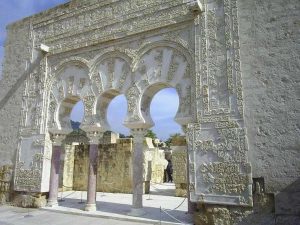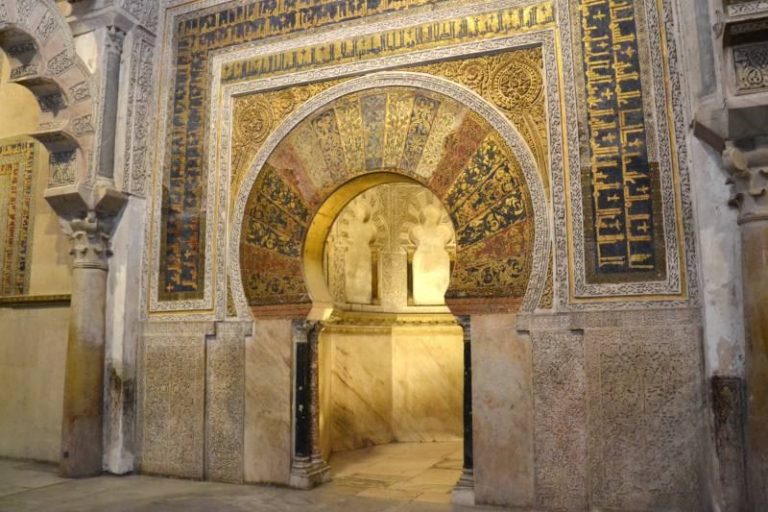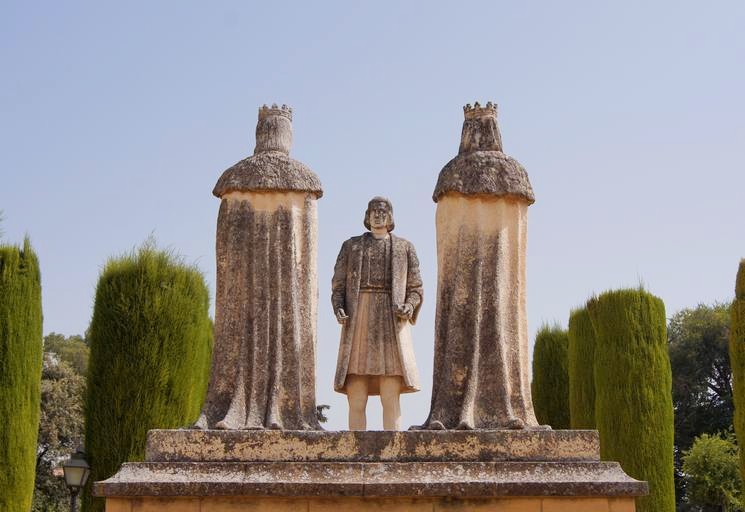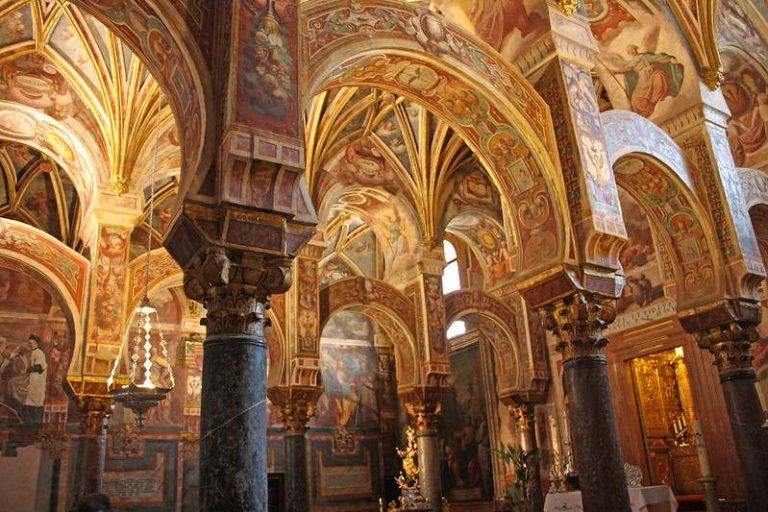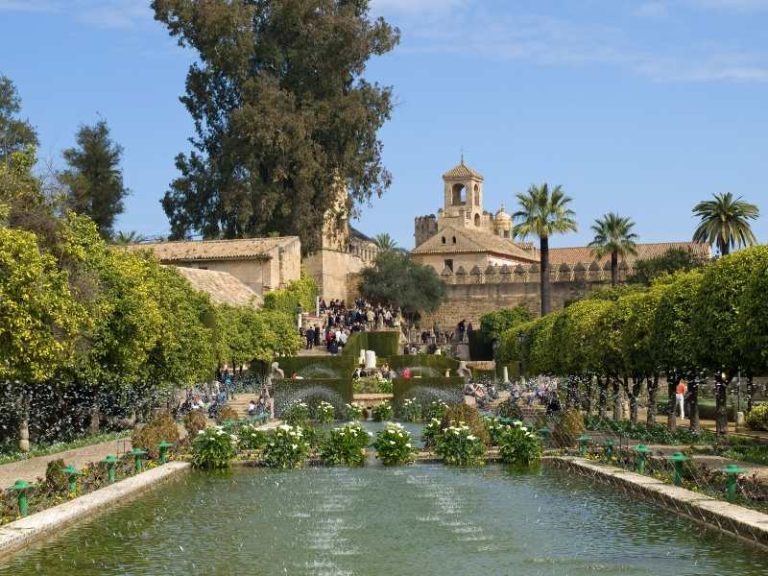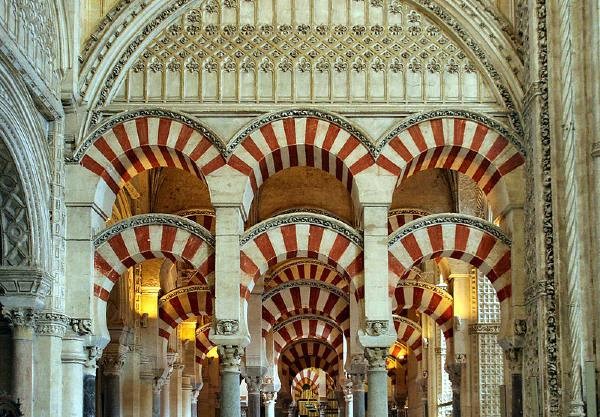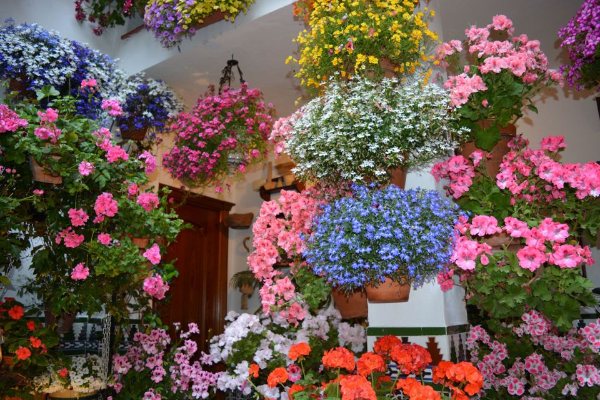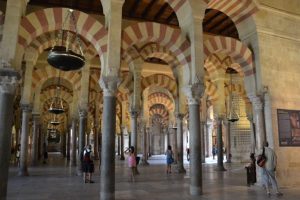
Corredera Square in Cordoba
La Corredera Square, located right in the heart of the city, is probably one of the most famous icons in Cordoba. If you have traveled through Spanish cities like Madrid, Salamanca, Valladolid o Burgos (all of them in central Spain), we bet that you have seen places very similar to this one in Cordoba.
However, this kind of baroque plaza is very difficult to find in Andalusia (South Spain), and therein lies the importance of this square; La Corredera follows a traditional Castilian Baroque model, very different from the Andalusian style.
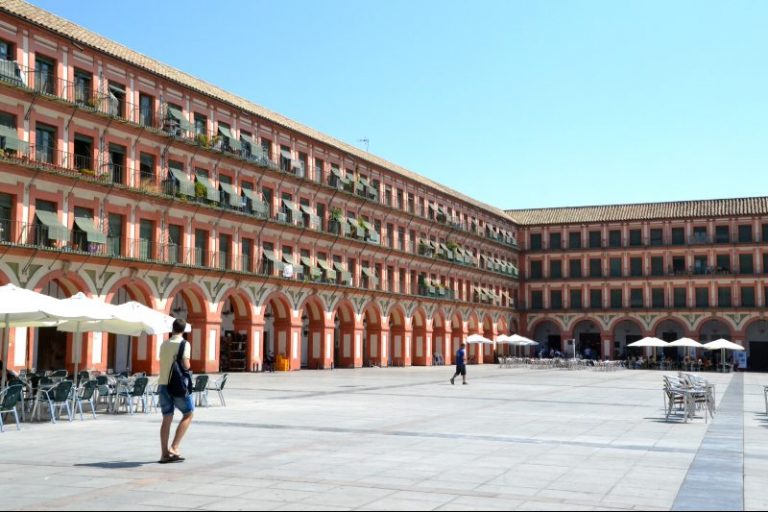
The History of La Corredera Square
Since time immemorial, in this part of the city there was a small square. For example, 2,000-Year-Old Roman mosaics were discovered in 1959 during routine works.
However, at the end of the 17th century (1683), the city government decided to remodel the old square and expand its dimensions to create a great public space. This remodeling especially affected the facades of the buildings.
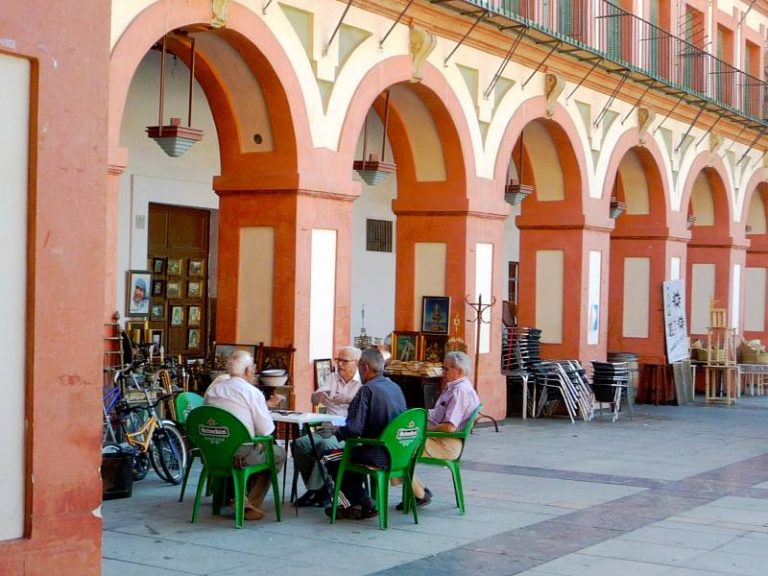
What was La Corredera Square used for?
In the 17th century, every city worth its salt had a large public square where a huge part of social life took place: celebrations, food market, religious masses, etc.
-Bullfights
Although it might be hard to imagine today, bullfights, which attracted thousands of spectators, were a recurring theme in La Corredera until the 19th century. Note that bullrings did not exist at that time and bullfights took place in public squares like this one. The first bullrings in Spain were built in the 18th century and were rectangular, very similar to public squares. Later, bullrings changed to a circular form just as it is today.
To prevent the bull from escaping, the perimeter of the square was fenced. At the same time, wooden bleachers were installed and residents in the square rented their balconies to accommodate the public and earn some extra money.
According to the chronicles, King Felipe IV himself (17th century), a great lover of bullfights, attended a bullfight in La Corredera Square during an official visit to Cordoba.
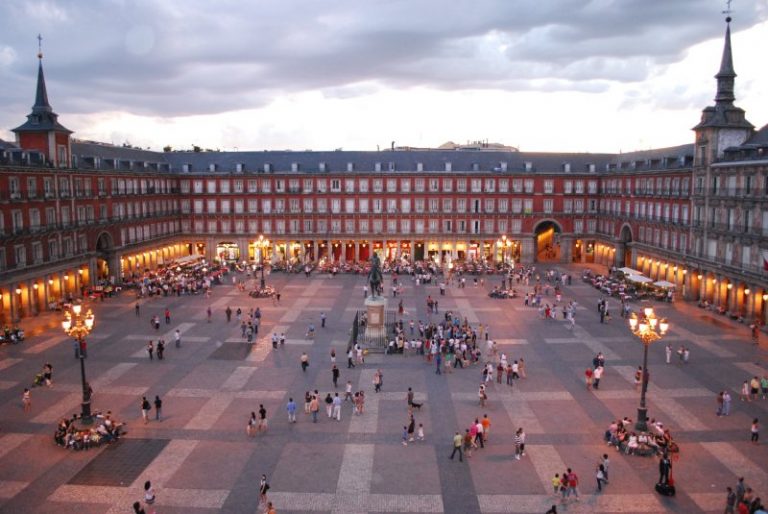
-Public Executions in La Corredera Square
La Corredera was also the place where public executions took place. Basically, in the 17th and 18th centuries, there were 4 methods to execute a prisoner in Spain; beheading (upper classes); hanging; burning at the stake (Inquisition); and garotte.
Among all these methods of execution there is one particularly brutal, which was widely used in Spain, the garotte.
Throughout history there were two types of garottes in Spain. The most primitive version consisted of a collar attached to a post. The inmate’s neck was placed in the collar, and the collar slowly strangled him. In the most modern version (early 20th century) there was a screw which broke the victim’s neck. Incredibly, last man to be sentenced to death by garroting was Salvador Puig Antic in 1974, during the Franco dictatorship (1939-1975). In 1978, the new Spanish Constitution was approved, and death penalty was completely abolished.
For centuries, not only in Spain, but throughout Europe, executions were public in order to exemplify and cause fear among citizens. It was even usual to leave the body exposed in the square few hours so that as many people as possible could see him.
The nineteenth century was especially bloody by the number of public executions in Cordoba. Only during the 6 years of French occupation (Napoleon Bonaparte 1808-1814) in La Corredera Square there were 76 public executions; 10 people executed by hanging and 66 by garroting.
The last public execution in La Corredera Square took place in 1838. From then on, public executions were carried out inside prisons.
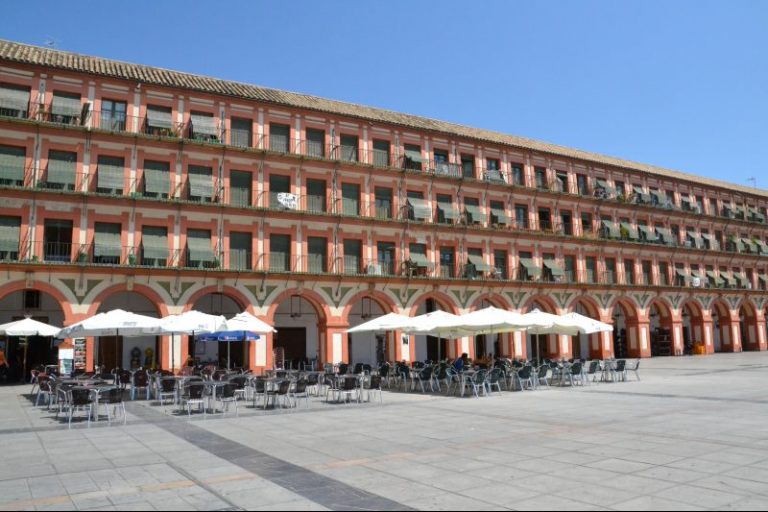
The Spanish Inquisition in La Corredera Square
When we talk about La Corredera Square, of course we should talk about the dreaded Spanish Inquisition. The method most used by the Inquisition to execute prisoners was the burning at the stake.
The Church considered that the souls of those condemned to death were purified through fire. However, unlike other types of execution, this horrific form of capital punishment did not take place in La Corredera Square, but in special places on the outskirts of the city called “quemaderos” (burners).
On the other hand, autos-da-fé were held in La Corredera Square. An auto-da-fé was a public trial organized by the Spanish Inquisition in which the prisoner received a sentence. These autos-da-fe were mass events attended by thousands of people, including high society.
In case of being sentenced to death, the prisoner was handed over to the civil authorities who carried out the sentence, usually the burning at the stake. The Inquisition had no powers to execute prisoners, it was simply a kind of court for religious affairs.
Two Unique Buildings in La Corredera Square
The remodeling of La Corredera Square in 1683 changed the appearance of practically all the buildings in the square, except for two of them located in the southern part of the square; The Old Town Hall (16th century) and Doña Jacinta’s House (16th century), which kept their original appearance.
The Old Town Hall
During the 16th century, an urban development program was carried out in Cordoba. As part of this program, the local government decided to move the Town Hall to this square in 1586. In addition to the municipal offices, a part of the building was used also as a jail. This may be a bit surprising, but, unlike today, the prisons were not located on the outskirts of the city, but within the city.
The façade of the building has undergone numerous rehabilitations works, but fortunately it still retains the original coat of arms of King Felipe II (16th century). Each of the divisions of the field represents a territory of the Spanish Crown at that time: Portugal, Aragon, Castile, Sicily, Flanders, etc. (see picture)
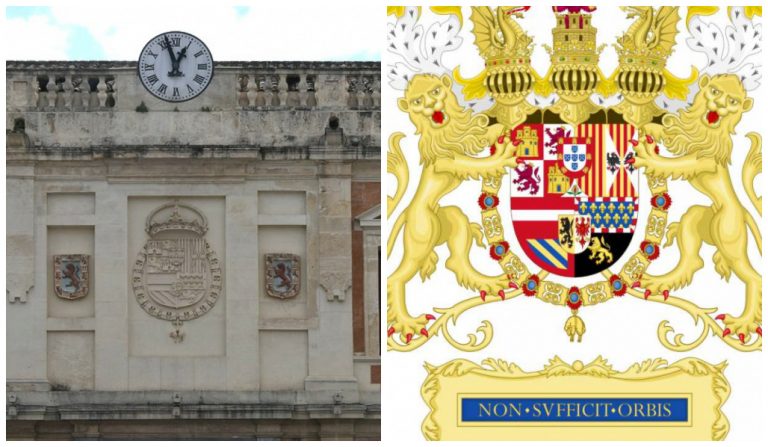
In the 18th century the Town Hall was moved to another place in Cordoba. However, the building was still used as a jail until the 19th century.
The history of this building changed forever in 1845 when a businessman (José Sánchez Peña) bought it to set up a hat factory. The factory workers lived in the upper floors of the building and the factory was located in the lower floors. The factory soon became very popular in Cordoba for its excellent working conditions at that time; the salary was higher than the average in Cordoba, the employees received health insurance, or for example, part of the company’s benefits were distributed among the workers. But in addition, this factory boasted great technical advances such as the first steam engine in the city, a machine never seen before in Cordoba.
In 1885 the hat factory shut down and the lower floors of the building became a food market which is still working. Upper floors house a community center.
Ana Jacinto de Angulo’s House
The other building not affected by the remodeling carried out in the 17th century was the Ana Jacinto de Angulo’s House, popularly known in Cordoba as Doña Jacinta’s House. Originally, this building was built in the middle of the 16th century, making it the oldest building in La Corredera Square.
At the end of the 17th century, when the local authorities approved the project to remodel La Corredera Square, the owner of the building (Ana Jacinto) bravely flatly refused to allow her house to be demolished. Despite the pressure from the local government, Ana Jacinta sued the Town Hall and the judge decided in her favor. Even the King Carlos II himself, issued a royal decree ordering the preservation of the building.
Doña Jacinta’s House has 3 floors and numerous balconies, which were rented during the bullfights and important events that took place in La Corredera Square.
In 2019, Doña Jacinta’s House was converted in a cultural center of UCO (University of Cordoba) where different kinds of art exhibitions are organized.
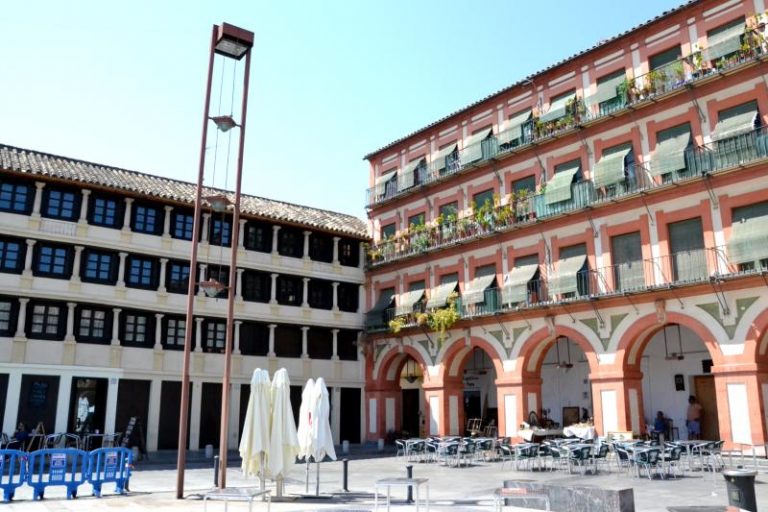
Useful Information: Corredera Square
Address:
Plaza de la Corredera s/n
Price:
Public Space
Built in:
17th century (Christian period)
Opening Hours:
Public Space
-Las Tendillas Square: 400 meters (437 yards)
–Square of the Colt: 250 meters (273,5 yards)
–The Roman Bridge: 1 kilometer (1093 yards)
–The Mosque Cathedral: 950 meters (1039 yards)
–Fortress of the Christian Kings: 1,3 kilometers (1427 yards)


